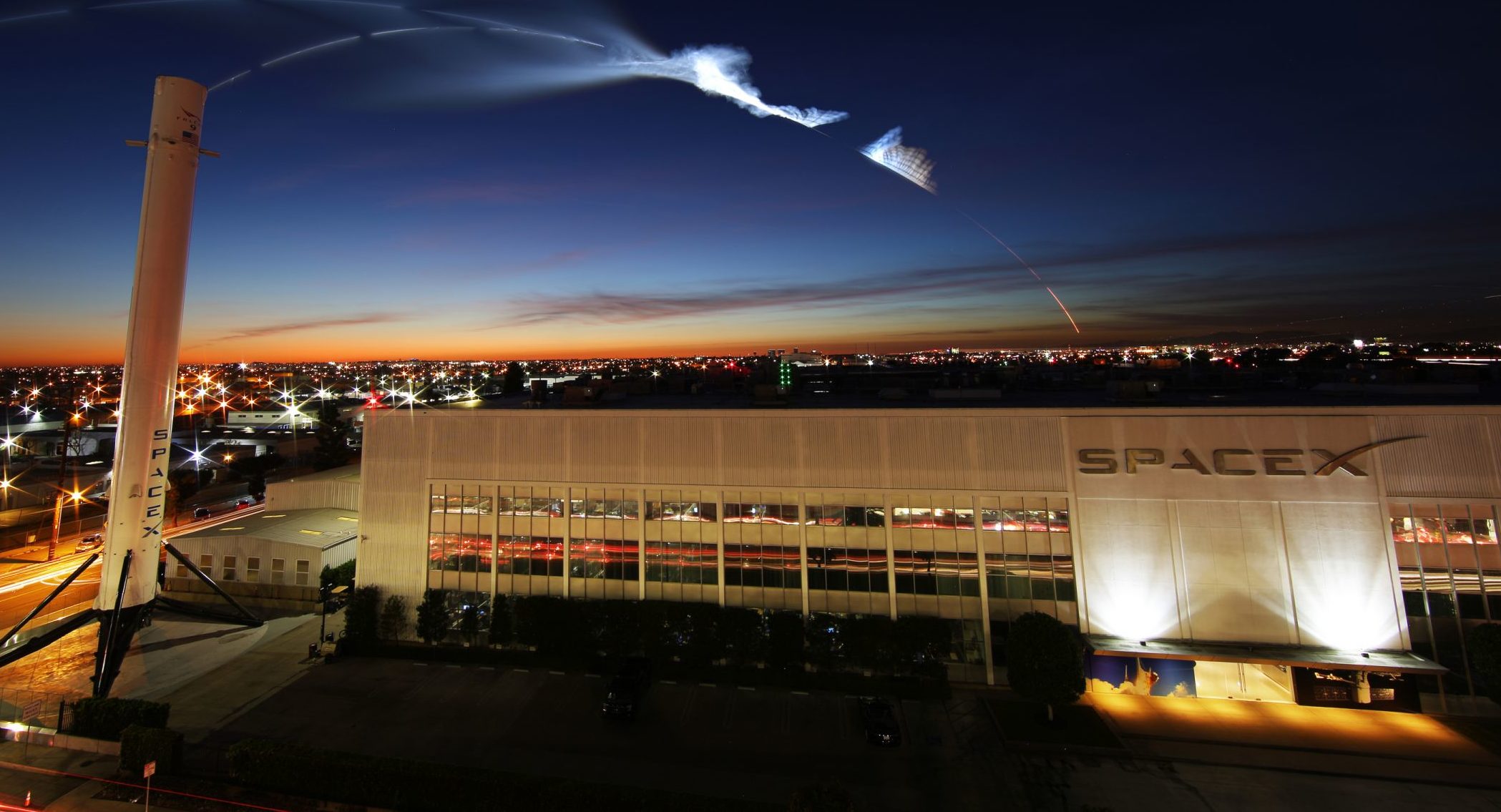
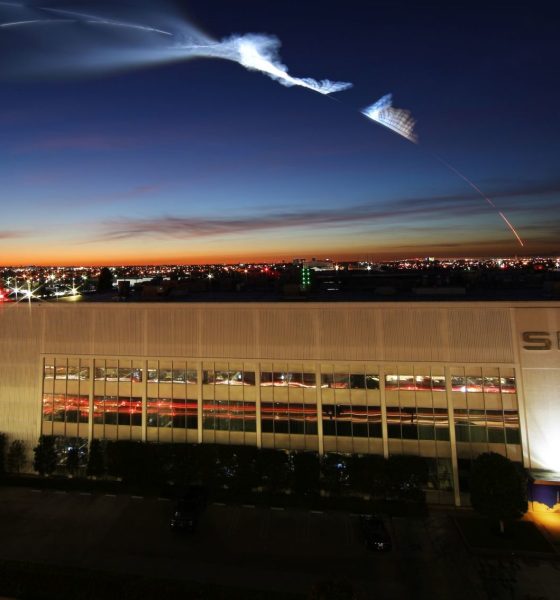
News
SpaceX may perfect reusable rockets in 2018: Evolution in the Falcons’ Nest
2017 has in almost every respect been an unrivaled halcyon year for SpaceX: over the course of its twelves months, SpaceX has returned to flight, begun reusing Falcon 9 boosters, and overall completed 18/18 successful launches and 15/15 first stage recoveries – five of which were commercial reuses of ‘flight-proven’ boosters. It is difficult to fathom how the year could have been more successful, aside from a slight hiccup with fairing manufacturing that may have prevented the launch company from racking up 20 or more missions in 2017.
And yet, despite the flooring and incontrovertible triumphs, I can state with confidence that, barring any serious anomalies, SpaceX’s 2018 docket will utterly eclipse 2017’s varied achievements. This series of articles will act as a sort of preview of SpaceX’s imminent future in 2018, each looking at what the new year may hold for the company’s three most fundamental pursuits: the Falcon rocket family, the Starlink satellite internet initiative, and its ambitions of interplanetary colonization.

Sooty Falcon 9 1035 before its second flight with an also-reused Dragon payload, CRS-13. (Tom Cross/Teslarati)
Falcon finds its wings
While 2015 and 2016 both saw their own hints of potential successes to come, 2017 is the first year that SpaceX managed a truly impressive launch cadence for Falcon 9 without a serious vehicle failure. Every 2017 launch flew on either a Block 3 or Block 4 iteration of Falcon 9 1.2. Esoteric model numbers aside, this simply means that Falcon 9’s design, manufacture, and operation are all maturing rapidly; SpaceX has clearly learned from the CRS-7 and Amos-6 failures and responded accordingly with a more cautious and tempered perspective.
From a historical perspective, it is extraordinarily impressive that Falcon 9 and Cargo Dragon have experienced such a tiny number of failures over their short but active existences. Both Falcon 9 and Dragon have experienced several miscellaneous teething issues and technical difficulties over their ~7 years of launches, but only three anomalies resulted in failures that catastrophically impacted customer payloads: CRS-1, CRS-7, and Amos-6. Thus, out of a total of 46 Falcon 9 launches, approximately 94% have been complete successes. For perspective SpaceX’s first orbital rocket, Falcon 1, experienced total failures during its first three launch attempts, for a success rate of 40%.
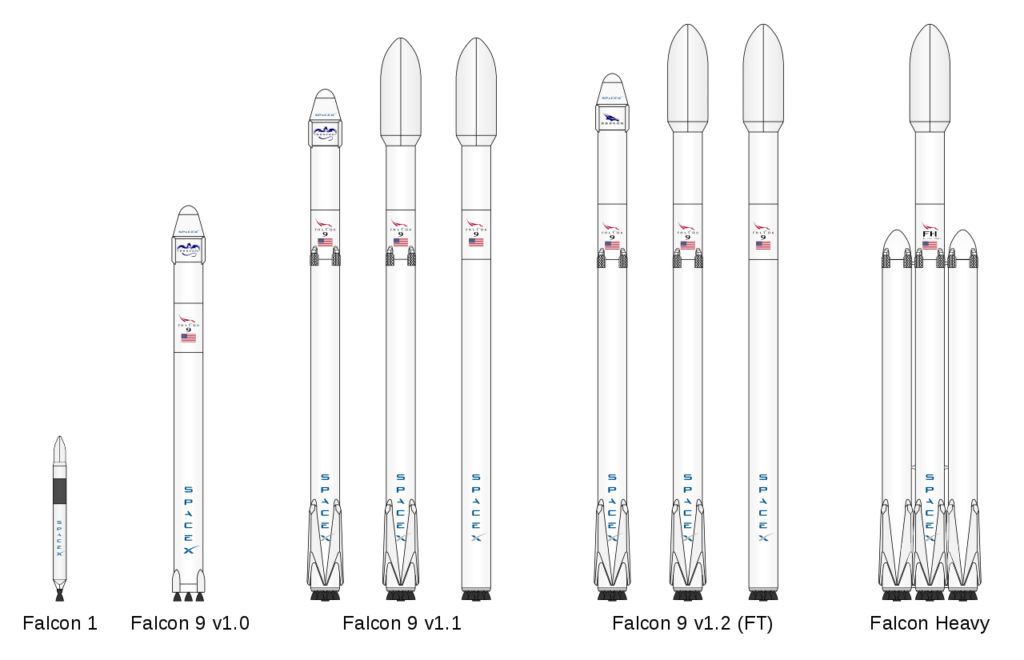
SpaceX’s Falcon family of rockets. (Wikipedia)
Barring further flight hardware anomalies in the Falcon family, however, 2018 is likely to be even more of a boon for Falcon 9 (and Falcon Heavy). While Falcon Heavy is set to ring in the new year sometime in January 2018, just a few weeks away, far more significant for SpaceX’s launch business is the debut of the “final” iteration of Falcon 9, dubbed Block 5 or ‘V5,’ likely within the next several months. Block 5 has been heavily modified almost entirely for the sake of more efficient reuse, and will feature titanium grid fins (most recently spotted on Falcon Heavy) and several other changes. Altogether, SpaceX’s public goal is to be able to reuse Falcon 9 Block 5 as many as a dozen times with relative ease, and each booster’s lifespan could potentially be lengthened by a factor of 5-10 with more extensive periodic maintenance.
For now, we only use those on super hot reentry missions. Will go to all Ti with Falcon 9 V5, which is a few months away.
— Elon Musk (@elonmusk) December 17, 2017
This ‘final’ version of Falcon 9 will almost undoubtedly go through its own period of tweaks, changes, and iterative improvements once it debuts and begins to gather flight experience. Nevertheless, it’s plausible that once its minor problems are ironed out, SpaceX will choose to “freeze” the design and begin to aggressively transfer large sections of its engineering and manufacturing base over to the company’s Mars rocket, BFR. Ultimately, the highly reusable Block 5 evolution of Falcon 9 will allow SpaceX to transfer over its customers to reused rockets and thus recoup the cost of reusability R&D far faster than ever before, both by lowering the material cost of launch and enabling a considerably higher frequency of launches.
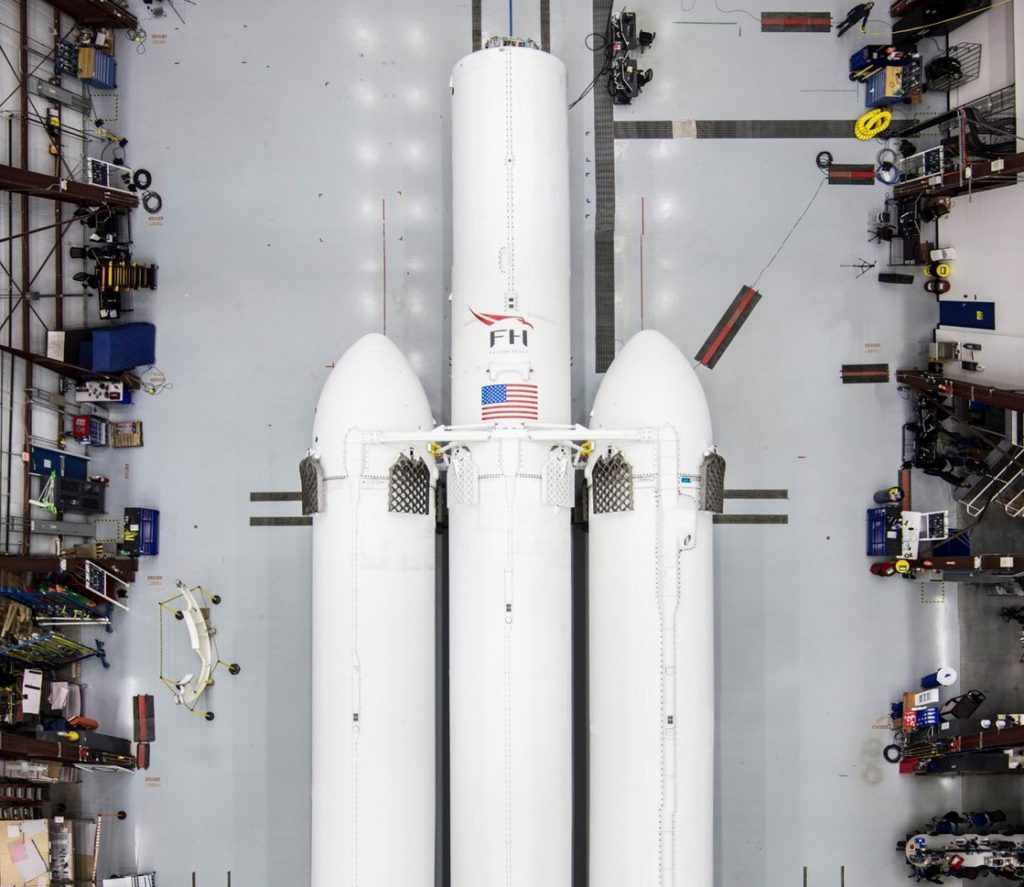
This crop of Falcon Heavy shows off its side cores, both sporting titanium grid fins that are considerably larger than the original aluminum fins. (SpaceX)
Taken as a whole, the culmination of the Falcon family’s evolution will pave SpaceX’s path to realizing its even wilder ambitions of providing ubiquitous and superior satellite internet and transforming itself into the backbone of crew and cargo transport to the Moon, Mars, and beyond. But that’s a story for another day…
While we wish we could jump forward to the end of 2018 and reflect upon even more incredible SpaceX achievements, you can follow SpaceX’s day by day progress live with our launch photographer Tom Cross on Twitter and Instagram @Teslarati. Significant upcoming events include the ever-secretive launch of Zuma (7:57pm EST, January 4) and the inaugural static fire and launch of the titanic Falcon Heavy (no earlier than Jan. 6 and Jan. 15).

News
Tesla dominates in the UK with Model Y and Model 3 leading the way
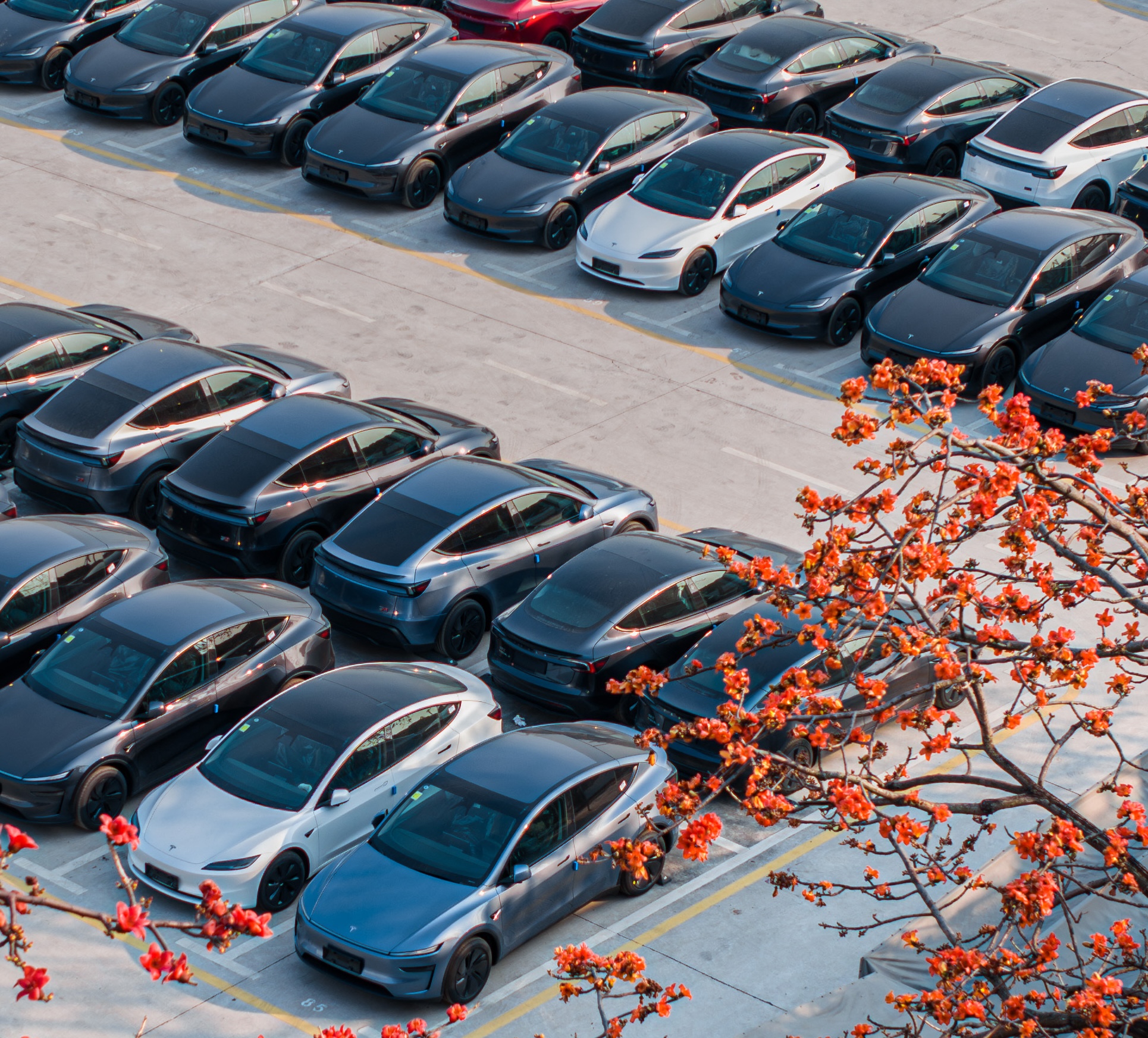
Tesla is dominating in the United Kingdom so far through 2025, and with about two weeks left in the year, the Model Y and Model 3 are leading the way.
The Model Y and Model 3 are the two best-selling electric vehicles in the United Kingdom, which is comprised of England, Scotland, Wales, and Northern Ireland, and it’s not particularly close.
According to data gathered by EU-EVs, the Model Y is sitting at 18,890 units for the year, while the Model 3 is slightly behind with 16,361 sales for the year so far.
The next best-selling EV is the Audi Q4 e-tron at 10,287 units, lagging significantly behind but ahead of other models like the BMW i4 and the Audi Q6 e-tron.
GOOD NEWS 🇬🇧 Tesla is absolutely crushing the UK electric vehicle market in 2025 💥
The numbers are in, and the dominance is clear. With an impressive amount of 42,270 vehicles delivered year-to-date, the brand now commands a solid 9.6% market share of the total auto market 🆒… pic.twitter.com/dkiGX9kzd0
— Ming (@tslaming) December 18, 2025
The Model Y has tasted significant success in the global market, but it has dominated in large markets like Europe and the United States.
For years, it’s been a car that has fit the bill of exactly what consumers need: a perfect combination of luxury, space, and sustainability.
Both vehicles are going to see decreases in sales compared to 2024; the Model Y was the best-selling car last year, but it sold 32,610 units in the UK. Meanwhile, the Model 3 had reached 17,272 units, which will keep it right on par with last year.
Tesla sold 50,090 units in the market last year, and it’s about 8,000 units shy of last year’s pace. It also had a stronger market share last year with 13.2 percent of the sales in the market. With two weeks left in 2025, Tesla has a 9.6 percent market share, leading Volkswagen with 8 percent.
The company likely felt some impact from CEO Elon Musk’s involvement with the Trump administration and, more specifically, his role with DOGE. However, it is worth mentioning that some months saw stronger consumer demand than others. For example, sales were up over 20 percent in February. A 14 percent increase followed this in June.
News
Tesla Insurance officially expands to new U.S. state
Tesla’s in-house Insurance program first launched back in late 2019, offering a new way to insure the vehicles that was potentially less expensive and could alleviate a lot of the issues people had with claims, as the company could assess and repair the damage itself.
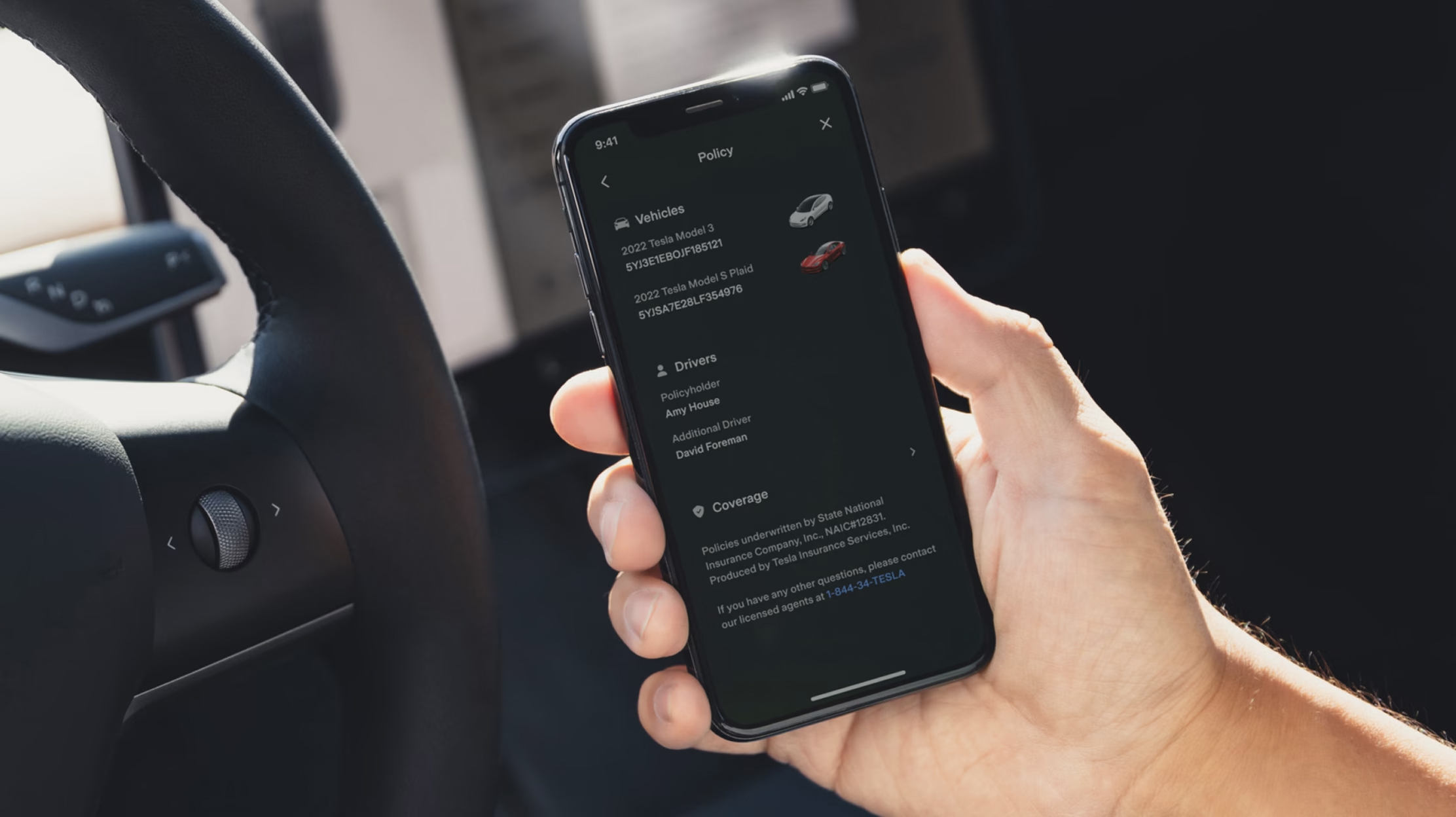
Tesla Insurance has officially expanded to a new U.S. state, its thirteenth since its launch in 2019.
Tesla has confirmed that its in-house Insurance program has officially made its way to Florida, just two months after the company filed to update its Private Passenger Auto program in the state. It had tried to offer its insurance program to drivers in the state back in 2022, but its launch did not happen.
Instead, Tesla refiled the paperwork back in mid-October, which essentially was the move toward initiating the offering this month.
BREAKING: Tesla Insurance has just officially launched in Florida.
This is the first new state to receive @Tesla Insurance in more than 3 years. In total, Tesla insurance is now available in 13 U.S. states (map in thread below of all the states).
Tesla Insurance in Florida uses… pic.twitter.com/bDwh1IV6gD
— Sawyer Merritt (@SawyerMerritt) December 17, 2025
Tesla’s in-house Insurance program first launched back in late 2019, offering a new way to insure the vehicles that was potentially less expensive and could alleviate a lot of the issues people had with claims, as the company could assess and repair the damage itself.
It has expanded to new states since 2019, but Florida presents a particularly interesting challenge for Tesla, as the company’s entry into the state is particularly noteworthy given its unique insurance landscape, characterized by high premiums due to frequent natural disasters, dense traffic, and a no-fault system.
Annual average premiums for Florida drivers hover around $4,000 per year, well above the national average. Tesla’s insurance program could disrupt this, especially for EV enthusiasts. The state’s growing EV adoption, fueled by incentives and infrastructure development, aligns perfectly with Tesla’s ecosystem.
Moreover, there are more ways to have cars repaired, and features like comprehensive coverage for battery damage and roadside assistance tailored to EVs address those common painpoints that owners have.
However, there are some challenges that still remain. Florida’s susceptibility to hurricanes raises questions about how Tesla will handle claims during disasters.
Looking ahead, Tesla’s expansion of its insurance program signals the company’s ambition to continue vertically integrating its services, including coverage of its vehicles. Reducing dependency on third-party insurers only makes things simpler for the company’s automotive division, as well as for its customers.
News
Tesla Full Self-Driving gets sparkling review from South Korean politician
“Having already ridden in an unmanned robotaxi, the novelty wasn’t as strong for me, but it drives just as well as most people do. It already feels like a completed technology, which gives me a lot to think about.”
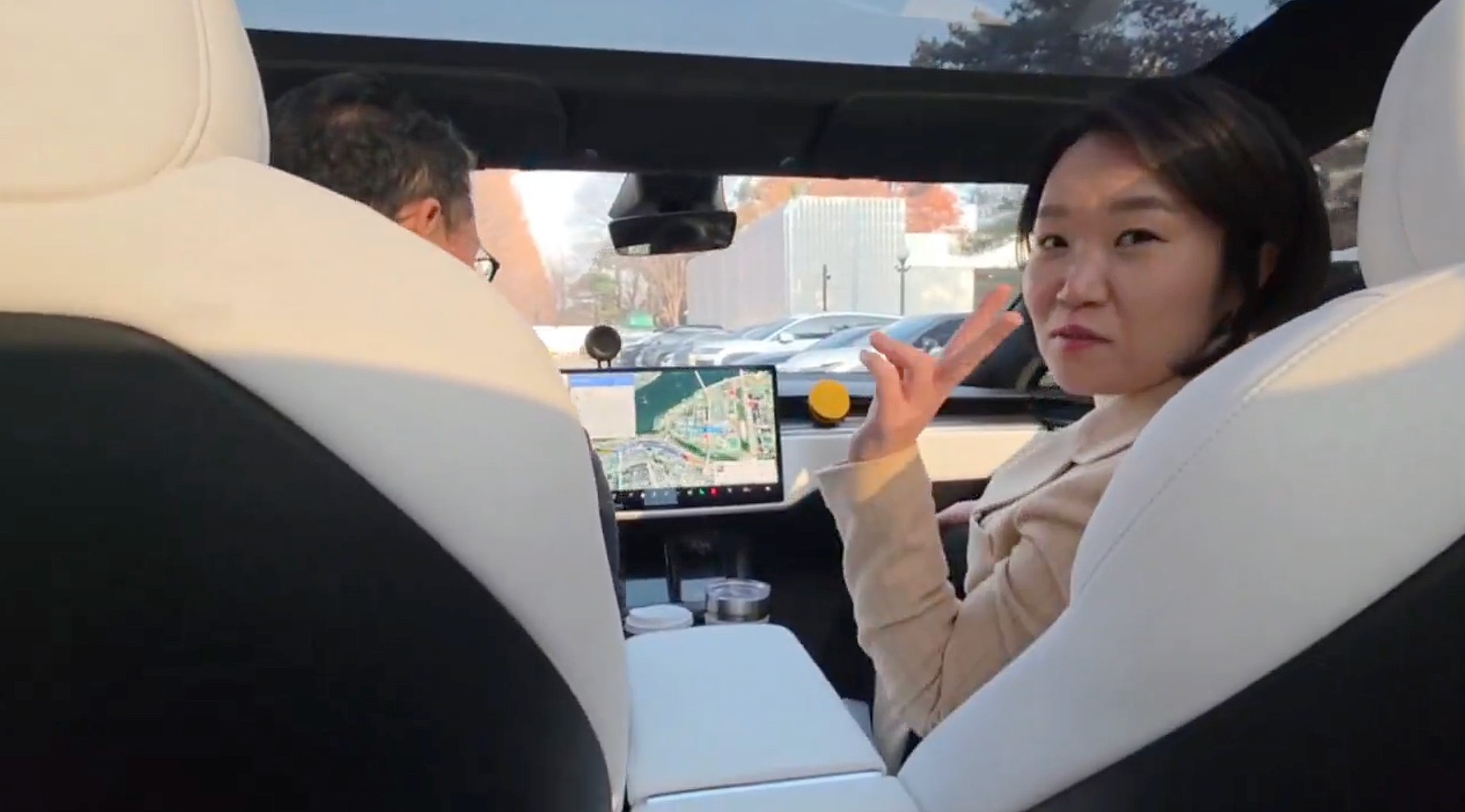
Tesla Full Self-Driving got its first sparkling review from South Korean politician Lee So-young, a member of the country’s National Assembly, earlier this week.
Lee is a member of the Strategy and Finance Committee in South Korea and is a proponent of sustainable technologies and their applications in both residential and commercial settings. For the first time, Lee was able to utilize Tesla’s Full Self-Driving technology as it launched in the country in late November.
Her thoughts on the suite were complimentary to the suite, stating that “it drives just as well as most people do,” and that “it already feels like a completed technology.”
드디어 오늘, 서울에서 테슬라 FSD 체험 했습니다.
JiDal Papa님의 모델S 협찬에 힘입어^^ 파파님 정말 감사합니다.
국회 -> 망원시장 -> 홍익대 -> 국회 복귀 코스였고요.
이미 무인 로보택시를 타봐서 그런지 신기함은
덜했지만, 웬만한 사람만큼 운전을 잘하네요.이미 완성된 기술이라고… pic.twitter.com/8pAidHBpRG
— 이소영 국회의원 (Soyoung Lee) (@im_soyounglee) December 17, 2025
Her translated post says:
“Finally, today I got to experience Tesla FSD in Seoul. Thanks to the Model S sponsored by JiDal Papa^^, I’m truly grateful to Papa. The route was from the National Assembly -> Mangwon Market -> Hongik University -> back to the National Assembly. Having already ridden in an unmanned robotaxi, the novelty wasn’t as strong for me, but it drives just as well as most people do. It already feels like a completed technology, which gives me a lot to think about. Once it actually spreads into widespread use, I feel like our daily lives are going to change a lot. Even I, with my license gathering dust in a drawer, don’t see much reason to learn to drive a manual anymore.”
Tesla Full Self-Driving officially landed in South Korea in late November, with the initial launch being one of Tesla’s most recent, v14.1.4.
It marked the seventh country in which Tesla was able to enable the driver assistance suite, following the United States, Puerto Rico, Canada, China, Mexico, Australia, and New Zealand.
It is important to see politicians and figures in power try new technologies, especially ones that are widely popular in other regions of the world and could potentially revolutionize how people travel globally.








